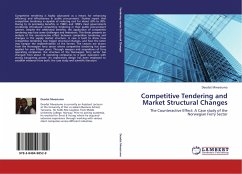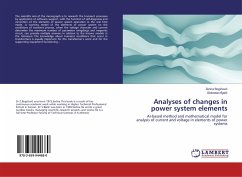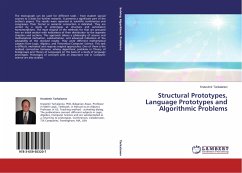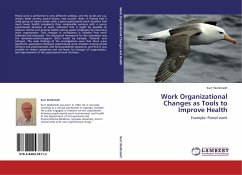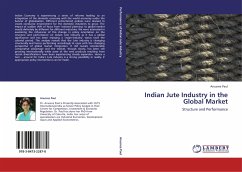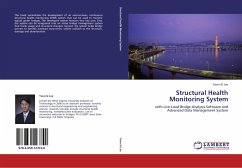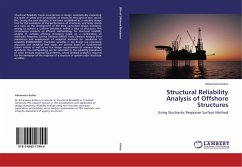Competitive tendering is highly advocated as a means for enhancing efficiency and effectiveness in public procurement. Studies report that competitive tendering is capable of reducing cost for about 20% to 30%. Owing to its promising benefits, in 1980 s and 1990 s most governments worldwide introduced competitive tendering in their public procurement systems. Despite the celebrated benefits, the application of competitive tendering may face some challenges and limitations. This thesis presents an analysis of the counteractive effect between competitive tendering and changes in the supply market structure. A case is built to show how competitive tendering may trigger structural changes, and how the latter may hamper the implementation of the former. The Lessons are drawn from the Norwegian ferry sector where competitive tendering has been applied for over fifteen years. Through mergers and acquisitions of ferry operating companies, the structure of the Norwegian ferry sector has changed from about 15 operating companies to 4 giant operators with strong bargaining power. An exploratory design has been employed to establish evidence from both, the case study and scientific literature.
Bitte wählen Sie Ihr Anliegen aus.
Rechnungen
Retourenschein anfordern
Bestellstatus
Storno

